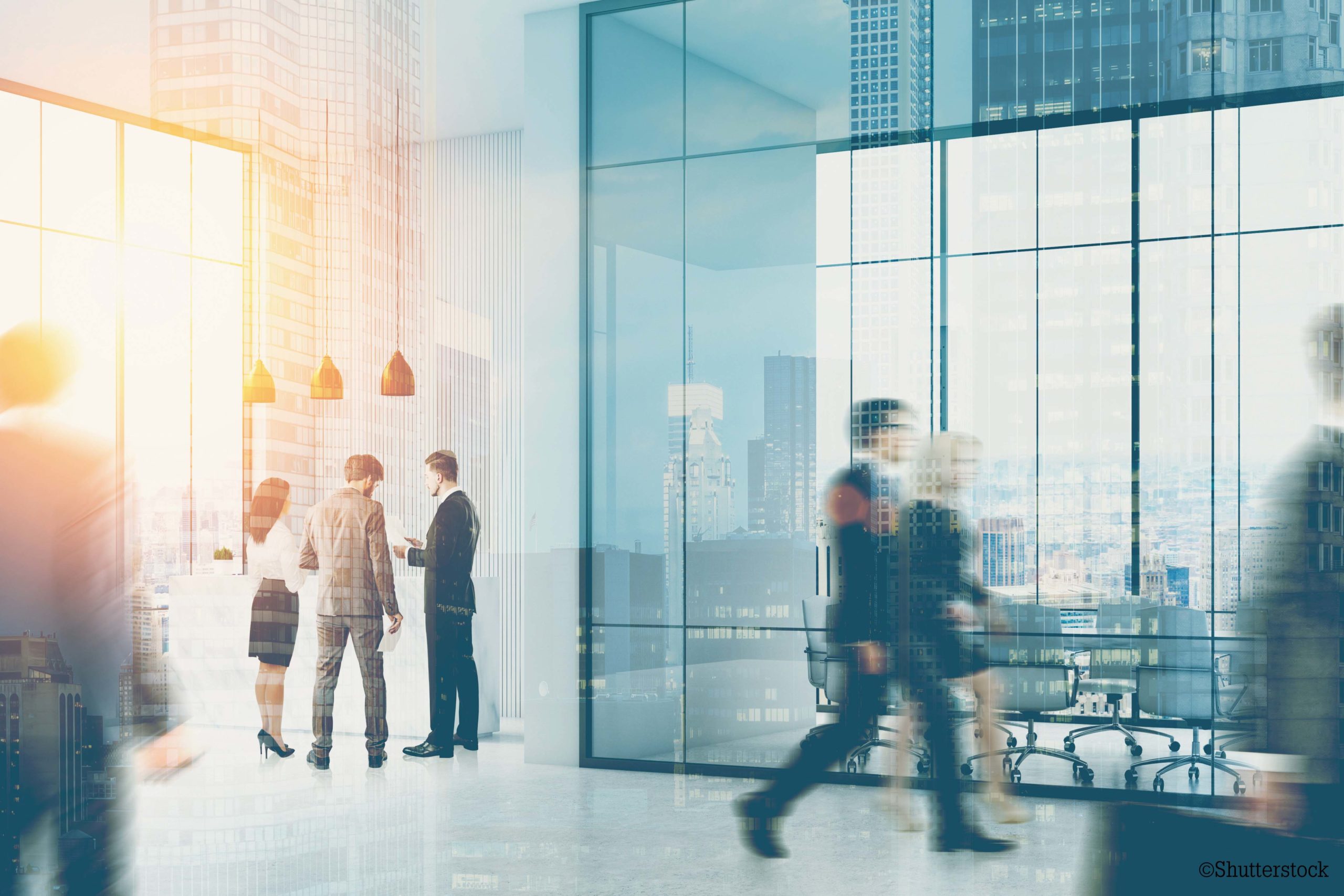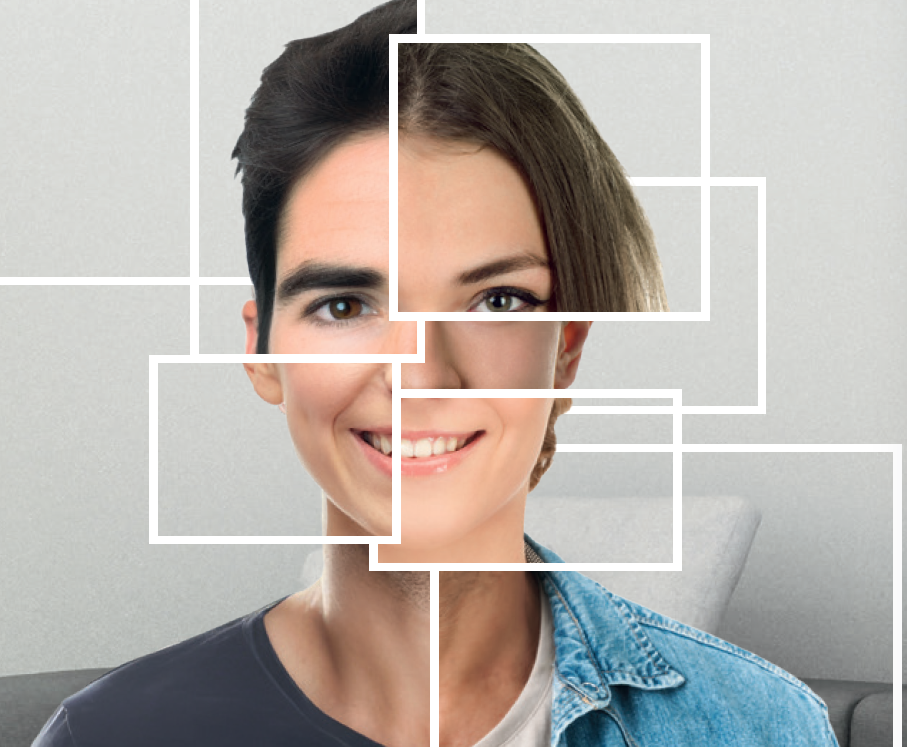Digital offices as game changers.
By Helena Pumberger, 01.02.2022

How much technology do offices need? What is expected of modern workplaces? And will technology supplant us at work at some point? Horst Steinbacher is CEO of officeMEDIA and with his company supplies digital office concepts. He provides answers relating to the digital future of the office.
What does a modern digital office concept look like?
At all events, it needs what we call a holistic viewpoint. This means that all experts specialising in the themes of human culture, space & technology must sit down at one table. Today, companies want to adapt their facilities – work and meeting rooms but also social and team rooms – to the employees and not the other way round. We call this human-centred design. One problem that arises here is that many companies still think in the extremely hierarchical or exclusively process-oriented structures of the past. This hinders things enormously and prevents the unfolding of full potential. Furthermore, social change accelerates with future generations. We therefore recommend looking at the entire organisation from the vantage point of a user journey map and discussing everything openly and at eye level. This can be supported by using agile and creative process and collaboration tools, such as Miro.com. First comes workspace strategy, then technology! We at officeMEDIA cannot configure a perfectly tailor-made digital environment until we find out the needs of employees, customers and partners.
How does an increase in remote working affect the office concept?
The pandemic has forced companies to resort to remote working. But we already foresaw the development of remote working beforehand, and in the meantime it has quite obviously become established in the working world. Overall, we predict that the equipment of future activity-based zones will be of an even higher quality. Standard workplaces, namely, one fixed desk per employee, will be greatly reduced. The zones in the office will offer more options and flexibility while reducing the total area. There is a strong trend towards communication hubs such as team or meeting rooms, creative rooms, rooms and facilities for social communication and event zones in the office.
What digital equipment is required for working at home?
Working from home requires the same technical and ergonomic conditions as a hybrid office, and also the support of in-house IT services. Our customers’ IT departments have extended their helpdesk dealing with questions about communication technology at the workplace to their employees’ office at home. This means that every employee avails of exactly the same service conditions for notebook, video conference, etc., when working from home. It becomes somewhat more complicated with regard to the equipment. We assume that by 2022 more than eighty percent of all office workers will use a notebook for work and communication. Things become more difficult when choosing suitable tools for video conferencing or collaboration. The range is extensive here, but only few tools are feasible in the long term. Among those we recommend is the global market leader poly.com in combination with MS Teams applications. Speaking of Microsoft Teams: since over ninety percent of domestic companies use Microsoft as an office solution, it is obvious that the poly.com video conference or collaboration tool should also work closely with MS Teams applications in a tightly networked and disruption-free handling of media. Microsoft and poly. com have accordingly merged into an alliance that perfectly and harmoniously maps the data exchange. Easy to use.
What digital developments will affect offices in the future?
Among the factors shaping the rapidly advancing development of technology at the workplace we must count artificial intelligence (AI), augmented reality (AR), and the virtual reality (VR) of all office, conference and meeting rooms, together with the high digital experience expectation of a new generation of employees. Any company that doesn’t entertain the idea of hybrid forms of work in symbiosis with attractive digital collaborative technologies will in future find it extremely difficult to arouse the interest of potential employees. The optimal digital environment is turning out to be the supreme game changer. Although robots won’t replace us in our work, smart technologies are already able to assist us and relieve us of sometimes tedious routine work. We at officeMEDIA think this is pretty cool. That is why we test such ‘useful little helpers’ in our own work environments in Vienna and Munich and so obtain valuable information for our customers.
Finally, imagine the following: Marie from Generation Y works in a modern office campus. She is connected to her colleagues around the world via her MS Teams app and can work from anywhere. Today, she can’t make it to the meeting with her colleagues until later. So, via MS Teams, she joins in the meeting while she’s still on her way to work. When Marie finally reaches the campus, the software ensures a seamless transition to the physical meeting.
Horst Steinbacher is CEO of officeMEDIA in Vienna and Munich. He is an innovation driver and scientist especially for technologies in an increasingly hybrid working and learning environment. As a consulting and planning company, officeMEDIA is optimally represented in medium-sized and ATX companies. www.officemedia.at





